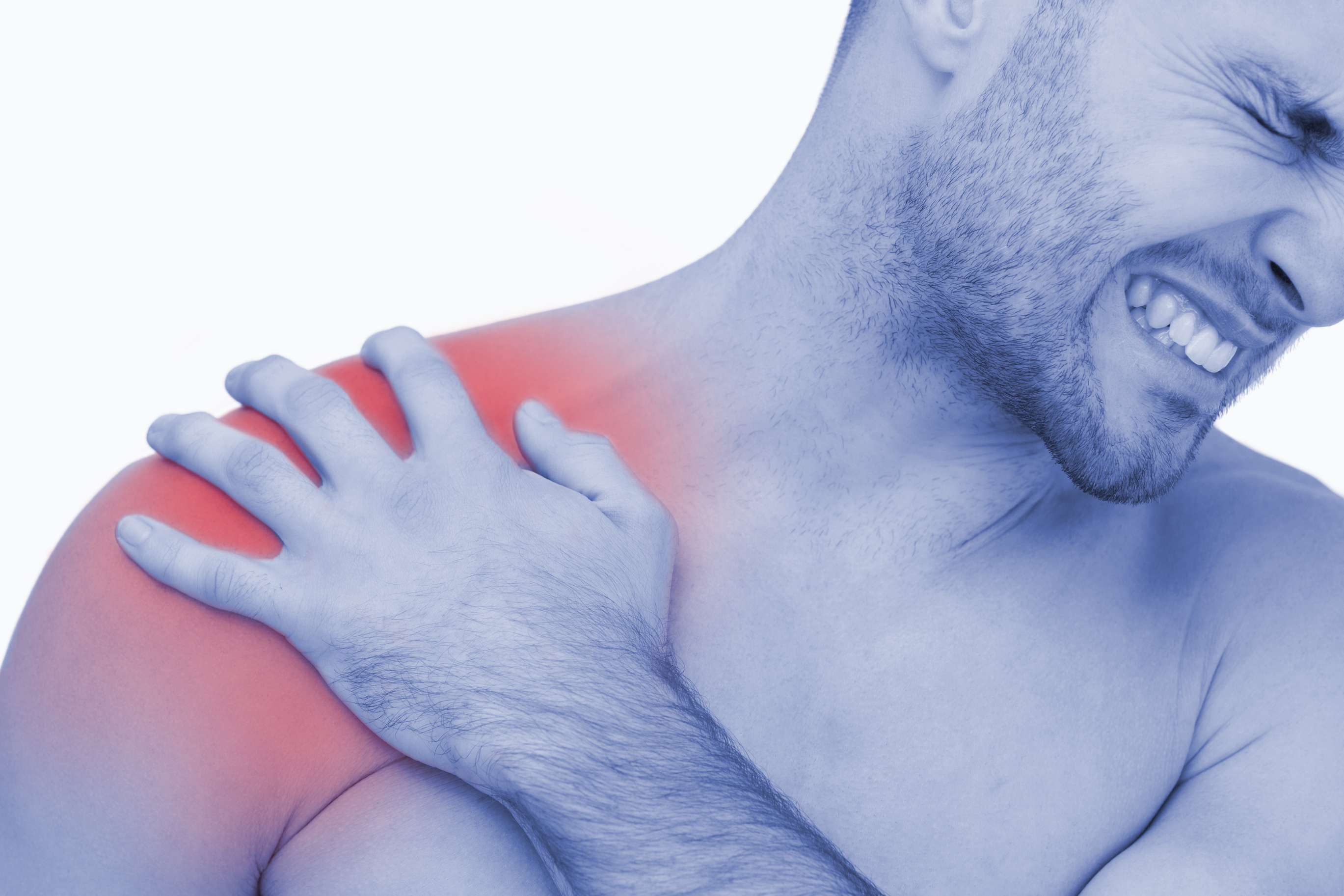Co-author: Mahmud Ibrahim, MD
Disease Overview: Shoulder tendinitis is a common condition encountered in the primary care setting. A group of muscles (supraspinatus, infraspinatus, teres minor, and subscapularis) comprise the rotator cuff, along with the biceps muscle, and function to maintain shoulder stability. When a tendon that attaches the muscle to bone becomes inflamed, it is referred to as tendinitis depending on the location (eg suprapinatus tendinitis, etc.). In contrast, when a tendon injury is present without the presence of inflammation, it is referred to as a tendinopathy. Tendinitis frequently occurs from injuries, repetitive motion or overuse. Poor technique in many sports can contribute to this condition. People whose occupations involve a lot of overhead work or heavy lifting are also at risk. Symptoms include pain, stiffness, mild swelling, sleep disturbance, and decreased range of motion. Patients may also experience a clicking sensation/sound with certain movements. Tendinitis can deteriorate into calcific tendinitis and rotator cuff tears. Over time, muscle weakness can be observed. Bursitis (inflammation of the bursa sac) can occur along with tendinitis.
Diagnosis: History and physical examination are important in making a diagnosis. If pain is noted during rotation of the shoulder, a rotator process is most likely involved. In contrast, when pain occurs during flexion of the shoulder, it most likely involves the biceps muscle. Tendinitis can be seen on ultrasound as well as MRI. However, an MRI is rarely needed to confirm the diagnosis of tendinitis. Xrays do not detect tendinitis but can identify bone spurs that may be a possible cause of rotator cuff tendinitis as they encroach the subacromial space.
First-line treatment: First line treatment for tendinitis usually involves NSAIDs, physical therapy, possibly chiropractic care, and acupuncture. Physical therapy works to strengthen the scapular stabilizers (serratus anterior, upper/middle/lower trapezius, and levator scapula) which are an often-ignored muscle group. Acupuncture and chiropractic care can help to reduce myofascial tightness around the shoulder joint.
Advanced procedures and treatment options: If conservative treatment fails to improve a patient’s pain, then the next step is usually an injection. Injections can include corticosteroid injections or regenerative options, such as platelet rich plasma. Ultrasound guidance can help ensure accuracy of these injections. Corticosteroids work by reducing inflammation within the bursa/tendon. However, these injections do nothing to actually “fix” the problem. Platelet rich plasma injections involve using the body’s own healing factors to help heal an area of chronic tendinitis. This involves drawing a patient’s blood, placing it in a centrifuge, and then extracting concentrated platelet portion containing multiple growth factors, and then injecting that into the area of interest. Another option for cases of chronic calcific tendonitis is a percutaneous tenotomy. This procedure involves using a large gauge needle to fragment a calcification within the tendon. At the same time, the trauma in the area attracts growth factors into the area to help the tendon heal. This can be done for tendons with or without a calcification present. Finally, the last option for chronic tendinitis may be surgery. This is usually an option for physically active patients who have suffered a complete tear of one of the muscles of the rotator cuff.
For more information about Dr. Ibrahim, see his bio here or contact him at to schedule a consultation.
 Copyright secured by Digiprove © 2019 Linda Girgis, MD, FAAFP
Copyright secured by Digiprove © 2019 Linda Girgis, MD, FAAFP


